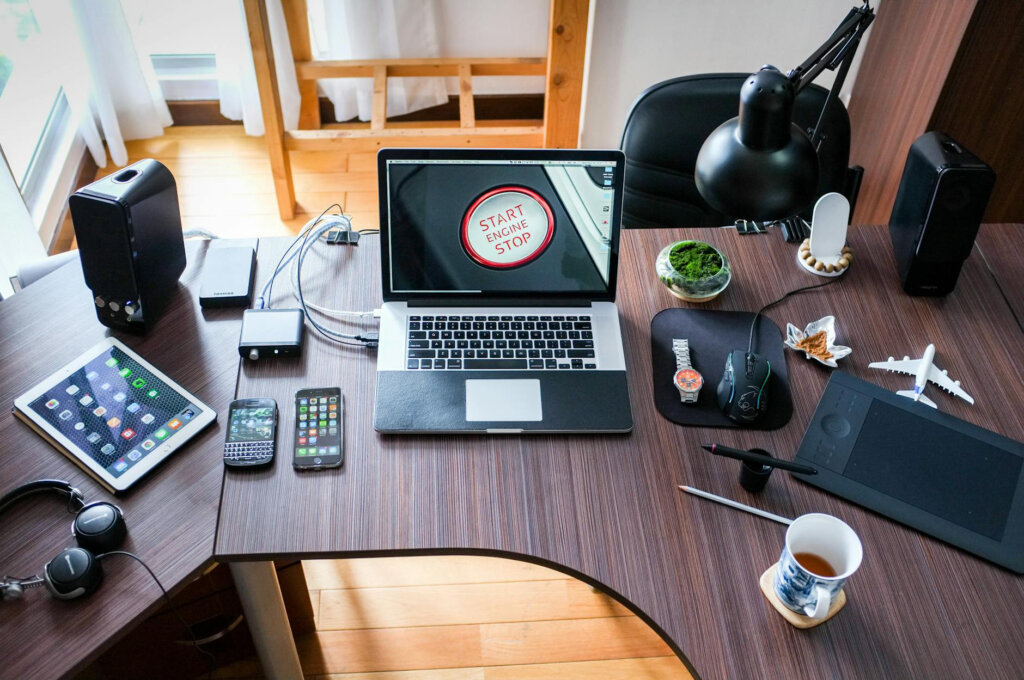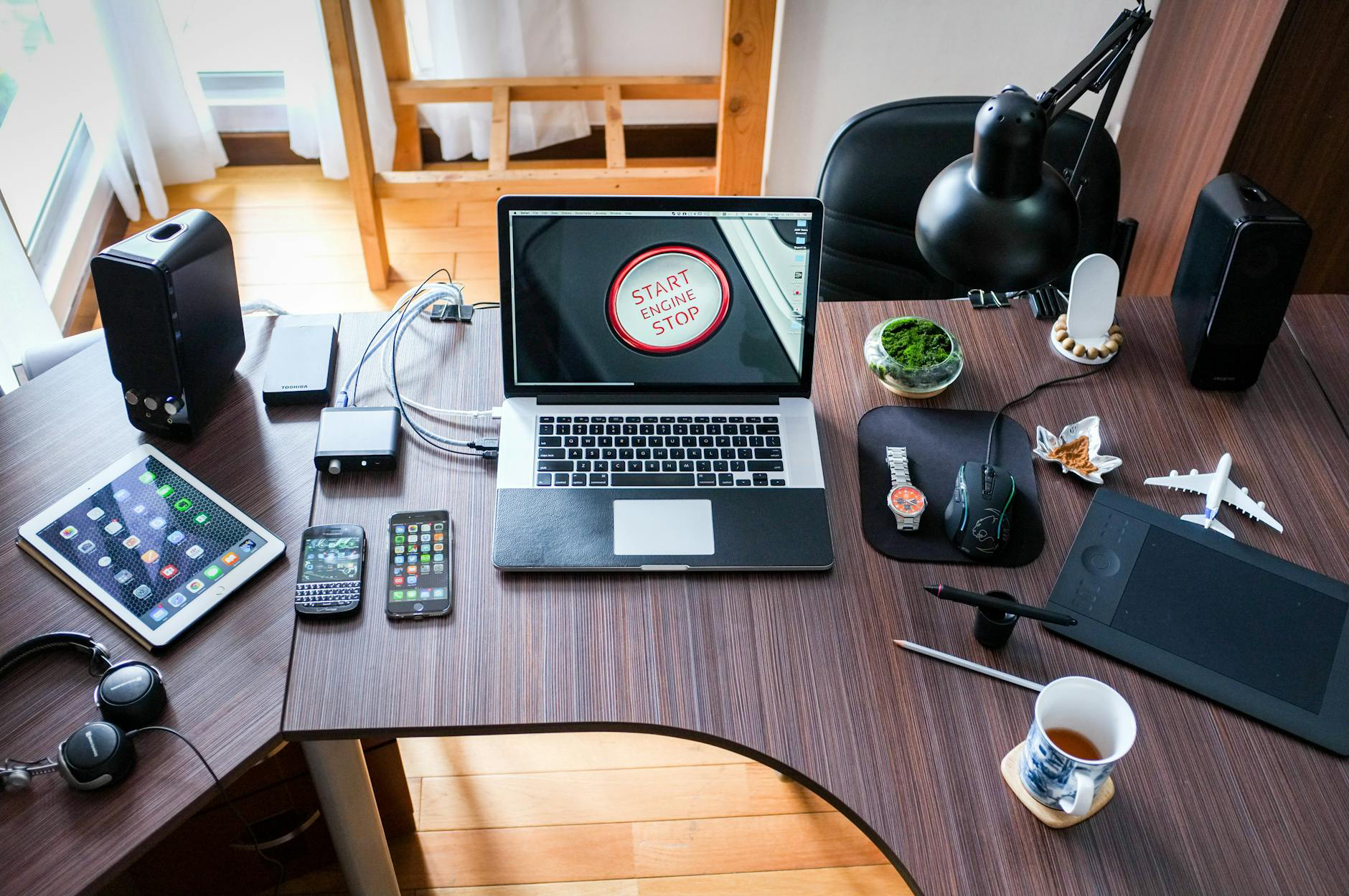Last Updated on Friday, May 2, 2025 by Lavania Oluban

In our increasingly sedentary lifestyles, where many of us spend the majority of our day seated at desks, understanding the science of sitting is crucial for promoting health and wellness. The design and arrangement of your workspace play a significant role in mitigating the negative effects of prolonged sitting. This article explores how to optimize your workspace to align with the science of sitting, fostering a healthier and more balanced lifestyle.
Ergonomic Seating:
The cornerstone of a healthy workspace is ergonomic seating. Invest in a chair that supports the natural curve of your spine, promotes good posture, and allows for adjustments in height and lumbar support. Ergonomic chairs reduce the risk of musculoskeletal issues and contribute to overall comfort during extended periods of sitting.
Perfecting Posture:
Maintaining proper posture is essential for reducing the strain on your spine and minimizing discomfort. Sit with your feet flat on the floor, knees at a 90-degree angle, and you’re back straight against the chair. Avoid slouching or hunching over the desk, as these positions can lead to long-term back and neck problems.
Desk and Monitor Height:
The height of your desk and monitor significantly impacts your posture and comfort. Ensure that your desk is at a height where your forearms are parallel to the ground when typing, and your monitor is at eye level. This setup prevents unnecessary strain on your neck and shoulders, promoting a more ergonomic and comfortable workspace.
Incorporate Movement:
Break up long periods of sitting by incorporating movement into your routine. Consider using a standing desk or a sit-stand converter that allows you to alternate between sitting and standing throughout the day. This dynamic approach improves blood circulation, reduces fatigue, and enhances overall well-being.
Arrange Your Workspace Thoughtfully:
Organize your workspace with efficiency and health in mind. Keep frequently used items within easy reach to minimize reaching or twisting motions that can strain your back. Maintain a clutter-free environment to create a calm and focused atmosphere, reducing stress and promoting mental wellness.
Take Breaks and Stretch:
Regular breaks are essential for preventing the negative effects of prolonged sitting. Set a timer to remind yourself to stand up, stretch, and move around every hour. Simple stretches like neck rolls, shoulder stretches, and seated twists can help alleviate tension and improve flexibility.
Invest in Comfortable Accessories:
Enhance your seating experience with supportive accessories. Consider using a cushion for lumbar support, a footrest to promote proper leg positioning, and an ergonomic keyboard and mouse to reduce strain on your hands and wrists. These accessories contribute to a more comfortable and health-conscious workspace.
Understanding the science of sitting is pivotal in creating a workspace that prioritizes health and wellness. By investing in ergonomic seating, perfecting posture, adjusting desk and monitor height, incorporating movement, arranging your workspace thoughtfully, taking breaks and stretching regularly, and using comfortable accessories, you can optimize your workspace to support both physical and mental well-being. Remember, a well-designed workspace is not just about productivity – it’s a foundation for a healthier and more balanced lifestyle in the modern world.


